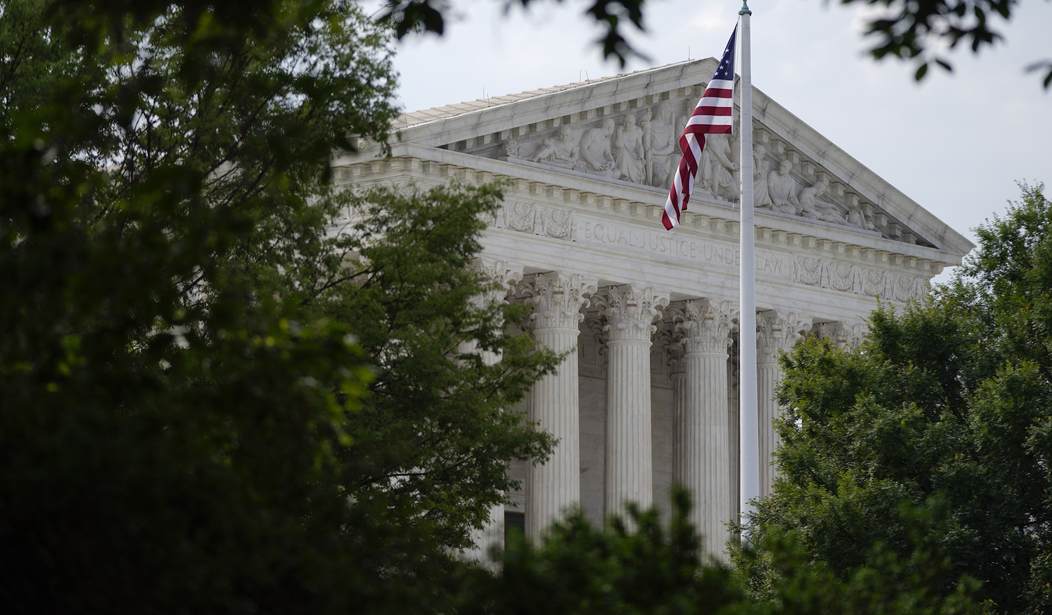The most famous defense of free speech in the Western world hails from John Stuart Mill. The 18th century philosopher was a free speech absolutist. In support of free speech in a utopian marketplace of ideas, Mill argued that truth prevails when there is unfettered debate. Mill’s argument is delineated in his essay, On Liberty, written more than 150 years ago.
Till this day, borders between permissible and impermissible forms of speech are highly contested, but media is allotted special protection. In a 1964 landmark case, New York Times v. Sullivan, Supreme Court declared that to be able to sue journalists, aggrieved parties need to be able to prove “actual malice”. Seemingly picking up from Mill’s veneration of the marketplace of ideas, Sullivan unintentionally empowered journalists and social media activists to publish lies with virtual impunity.
However, recent dissenting opinions by Justices Clarence Thomas and Neil Gorsuch demonstrate that the Supreme Court may finally set boundaries to media’s free speech absolutism. Sullivan initially intended to empower people to criticize public officials, setting a high threshold for defamation claims that required known falsehoods or reckless disregard for the truth. The Sullivan doctrine was later extended to public figures, a category that includes celebrities, business executives and many others. Sullivan came about at a time when the internet did not exist and social media was an unknown concept. Just as Mill’s argument from truth, Sullivan was predicated on certain ideals that made sense at the time it was decided. Sullivan’s critics maintain that the rule it established is inconsistent with the original understanding of the Constitution and that it needs to be overturned, especially as the “press” has morphed into an online tornado of soundbites, hyperlinks, and click-through promotions with paid public relations campaigns often ushering in the next breaking news story through twitter.
Recommended
One notable critic of Sullivan has been Judge Laurence Silberman, of the D.C. Circuit Court of Appeals. Silberman wrote that the “actual malice” standard of Sullivan wrongly elevates contemporary media beyond the checks and balances of our democratic institutions and our civil society.
Last year, dissenting in a case called Berisha v. Lawson, Justice Gorsuch invoked “momentous changes in the nation’s media landscape since 1964” as his reason to overturn Sullivan. He added that the definition of actual malice has evolved from “a high bar of recovery into an effective immunity.”
A new petition before the Court, Coral Ridge Ministries Media v. Southern Poverty Law Center, revisits Sullivan yet again. It’s a case involving a Christian ministry that objected to its placement on the Southern Poverty Law Center’s “Hate Map,” that tracks hate groups across America.
Given the heat over the Supreme Court’s abortion decision—as well as recent decisions on guns, environmental regulation, and immigration—is it really vital to challenge the Sullivan case? My answer is yes, and here are three compelling reasons why:
First, Sullivan empowers bad actors. When legacy media publishes false stories and gets away with it, online smear-mongers feel invincible. I have experienced Sullivan’s media culture personally. In 2018, several reporters chose to “see” a Russian Trump enabler behind every family that had emigrated to the U.S. from Eastern Europe. These reporters concocted investigative stories from my Instagram feed insinuating that I may be somehow involved in the Trump-Russia scandal. The journalists – virtual unknowns Angela Hart and Kevin Hall - were confident that they could get away with publishing falsehoods with impunity. Hart at one point strangely declared that she never wrote the fabricated story about me that featured her byline. Hall went off the grid and never responded to my responses to his ridiculous allegations. He felt that he did not need to. Both reporters have since left McClatchy. I wrote about this in The Wall Street Journal, Newsweek, and other publications. The baseless smear by McClatchy was not an isolated incident. Recall the media attacks on Richard Jewell, Nick Sandmann, Kyle Rittenhouse, and the recent case of Arianda Jacob, the talent agent who last year sued New York Times reporter Taylor Lorenz for a nasty portrayal of Jacob in a story. These are some of the more public examples of Sullivan’s toxicity.
Second, the Sullivan decision set the foundation for another controversial law - Section 230 of the Communications Decency Act of 1996. Section 230 created a cottage industry of smear sites. Entitled journalism spawned by Sullivan empowered these “one-percenters” of the internet – such as the revenge porn kingpin, Hunter Moore. Websites trading in revenge pornography, hate speech or personal information to harass people online receive the same immunity as sites like Wikipedia.
Finally, Sullivan is a constitutional law overreach. Justice Thomas wrote that Sullivan and its progeny have allowed media organizations “to cast false aspersions on public figures with near impunity”. He further argued that the constitutional foundations of Sullivan are dubious. “New York Times and the court’s decisions extending it were policy-driven decisions masquerading as constitutional law,” Thomas wrote. He further explained that the Constitution does not appear to encompass Sullivan created “actual-malice” standard.
The post-Sullivan paradigm should allot only true members of the media added protection when they criticize high profile politicians – a narrow category. Extreme examples of defamation should allow for treble damages just as antitrust claims, civil racketeering claims, and insurance bad faith cases. Statute of limitations should be expanded from the current (and ridiculous) one year to five years, to allow victims to gather resources, assess their options and their damages.
Law established by Sullivan creates an immunity that is too sweeping. Just as Mill’s thesis in On Liberty that idolized the marketplace of ideas, Sullivan is a decision that works in a utopian marketplace devoid of dishonest journalist, paid media assassins, and deranged twitter trolls and cyber-rapists. It is high time to end Sullivan’s toxic reign.
Yuri Vanetik is an Orange County-based attorney, a private investor, a business strategist, and a philanthropist. He also serves as a Visiting Fellow at the Claremont Institute.

























Join the conversation as a VIP Member